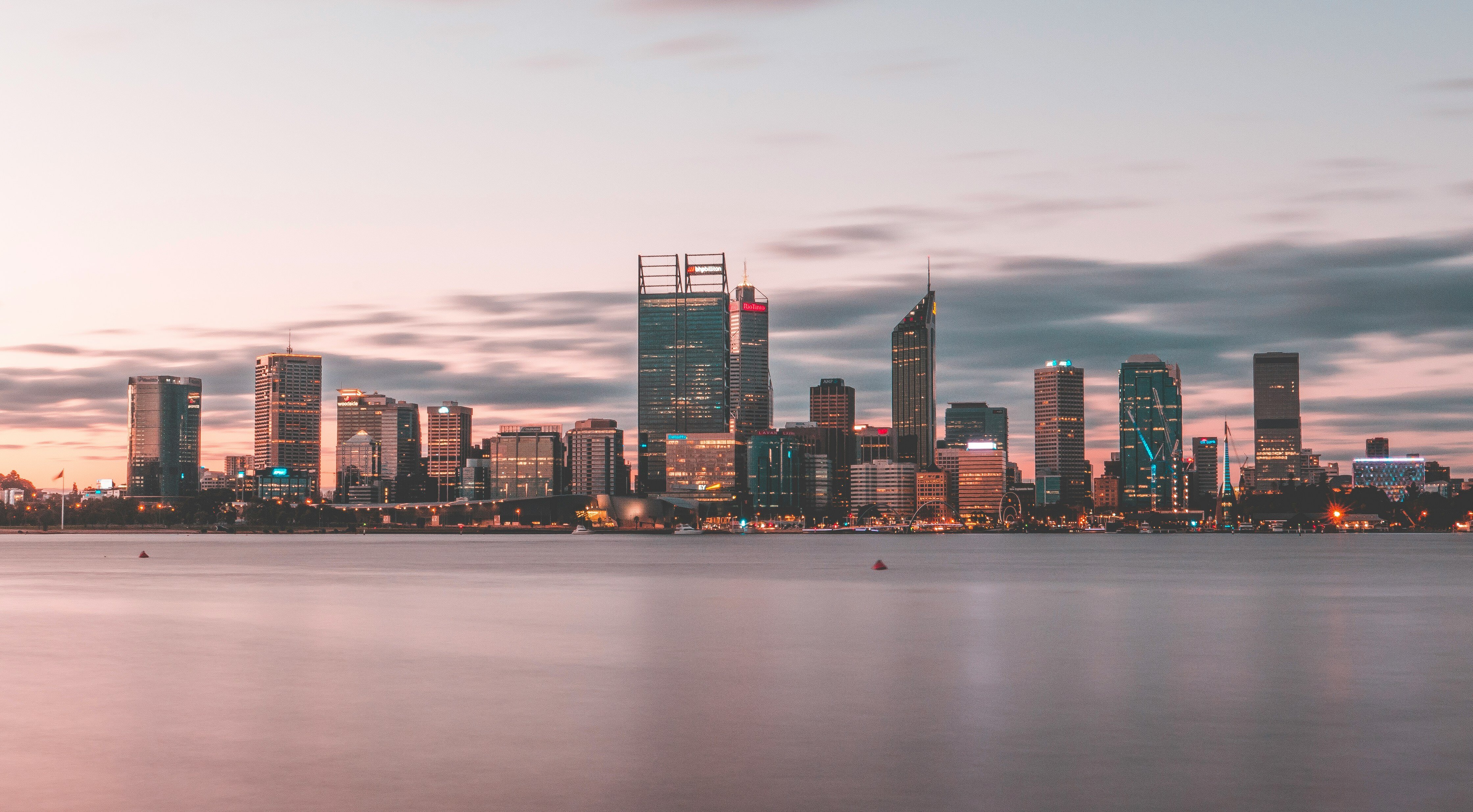Being an Arts student who barely turned 21, statistics and numbers can be mindboggling – worse still, intimidating. I never thought one day I’d be working with a spatial and demographic analysis company like .id. When I applied for the job, I honestly didn’t even know what ‘spatial analysis’ was. Sounded like a sophisticated way of saying ‘geography’. But in the short period that I’ve worked here (here comes the cliché but earnest part), I learnt a lot about why these (horrendous) numbers matter to our society. And why I think everyone should be excited about the census. On a sadistic (and of course, joking) note, don’t you feel happy that 30minutes of your time filling in the census form would torture statisticians and demographers for the next 5 years to translate them into meaningful information for our use?

Population, its change and growth
As an Arts student, it’s almost impossible to avoid information like population or multiculturalism in your research essays. And when you google for these information, you feel a great sense of relief when they are readily available for you to lift these figures off the web without feeling a pinch of guilt. More importantly, imagine what these figures mean for businesses and planners. Just from this simple table above, we know that over the years, the population of Brisbane has been growing rapidly. This allows the ABS (or companies like .id) to forecast the population for the following years. In 2007, the ABS estimated that the population of the City of Brisbane hit the million mark and has since risen to 1,067,279 in 2010. We also know that the proportion of Australian-born persons has decreased. This data doesn’t show that the number of Australian-born people has decreased, but rather, the number of immigrants has been growing faster each year. More multiculturalism, more diversity, more yummy international cuisines you think?
Age structure

We now know that the population is growing in Brisbane, but which groups of people are dominating? Referring to the graph above, 22% of the population is between ages 35 and 49, one in 4/5 people you meet. But here’s the catch: Compared to Australia, there are more young adults between 18 and 34. Perhaps it’s time for more clubs and sports around the area? Or maybe I should consider moving to Brisbane to find a life partner.
And yes, the Religion question

I’m far from religious but the recent hoo-haa about the whole Jedi and Atheism issue got to me. This graph is fairly clear: The number of Catholics is growing very quickly in Brisbane while protestant denominations such as Anglican, Uniting Church and Presbyterian are dwindling in numbers. Christians (all denominations) accounted for 64.4% of the population but that’s old news. Looking very closely at the tables (my first time really), the number of people who indicated “No Religion” were the winners.

Not only did they get 18.5% of the population, but 47,224 more people chose to come on board in 2006 as compared to 2001. That’s about 50% the size of new migrants in Brisbane. Well, those advocating “No Religion” must be pleased with these numbers!
There are loads more datasets you can get including employment, housing, household income, etc. Basically, every question that you answer on the Census gets translated into some community statistics. And you may be thinking: how does this impact me?
Why data from the Census is important
How do you think people know we need more supermarkets, more churches or more houses in the area? It is through the information we input into the census (and other surveys) that planners can foresee the needs of the community. It creates business opportunities and reduces blind planning which benefits everyone in the community. If say, for example, the population of Brisbane is growing older, we need more health care services and infrastructure put in place to ensure that everyone’s needs are met (Healthcare happens to be the leading industry in Brisbane not so coincidentally). So the thirty minutes you take to complete the survey may very well be the reason why your area is doing well!
For more information about Brisbane community, check out their profile.id page here.
.id is a team of population experts who combine online tools and consulting services to help local governments and organisations decide where and when to locate their facilities and services, to meet the needs of changing populations. Access our free demographic resources and tools here.













